There are a variety of stretching techniques we can use to support your body as it heals itself. I'll use some stretching techniques during the massage session itself to relax the muscles, improve range of motion and realign scar tissue. Depending on your condition, we might use stretching prior to or after the massage. Other stretching techniques might interest you for home use to accelerate your recovery or reduce the likelihood of recurrence. A description of the various stretching technique follows.
passive stretching
Passive stretching is a technique I use during your massage to improve your range of motion, decrease joint stiffness and realign scar tissue in conditions such as strains, golfer's elbow and tennis elbow.
myofascial stretching
Myofascial stretching is another technique I use during a massage session to improve range of motion. It can be a very productive technique for headaches, neck pain, shoulder pain, frozen shoulder, carpal tunnel, plantar fasciitis and more. This is my favorite stretching technique because it is so incredibly powerful. Unfortunately, it requires a partner - usually your massage therapist - and therefore is tough to do on your own!
assisted stretching techniques/resisted work
Assisted Stretching Techniques/Resisted Work are massage techniques I apply while you are using your muscles. These techniques are useful for lengthening or strengthening the muscle to restore normal range of motion and muscle action. These techniques can be applied to any body part and are among the best for helping with conditions such as TMJ and scoliosis. Because this technique incorporates massage with the stretch, it's done during massage sessions.
active isolated stretching
Active Isolated Stretching (AIS) is a muscle lengthening and fascial release technique help restore your muscles to "factory settings" and improve athletic performance. As the name suggests, AIS requires action on the part of the client. If you are interested, I can show you how to use AIS at home to continue making progress between massage sessions, after your body has healed from its pain to minimize the likelihood of injury recurrence or to improve athletic performance.
proprioceptive neuromuscular facilitation
Proprioceptive Neuromuscular Facilitation is another stretching technique that both lengthens and strengthens muscles. This technique can be used once a muscle has fully healed from a tear to strengthen the muscle and help restore normal range of motion. This is also particularly productive technique in otherwise healthy muscles to restore range of motion after casts or boots have been removed.

